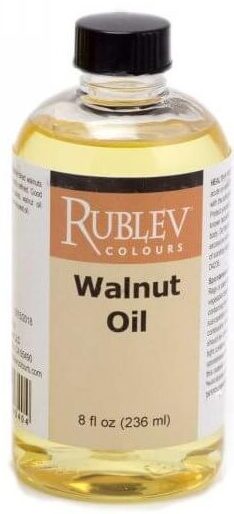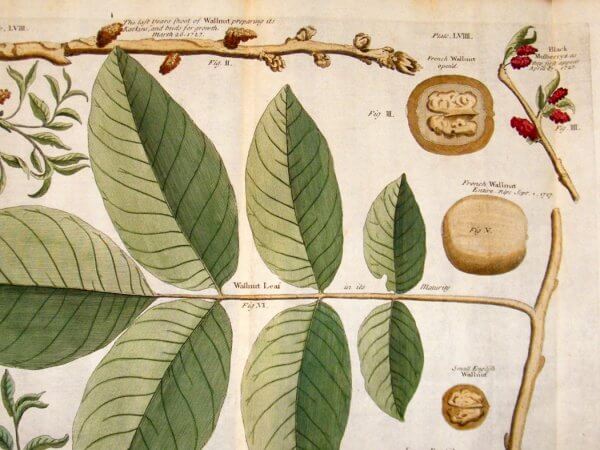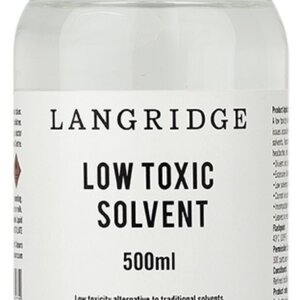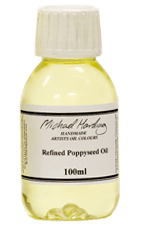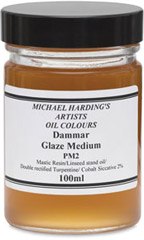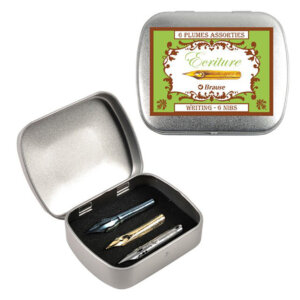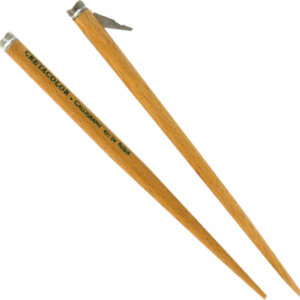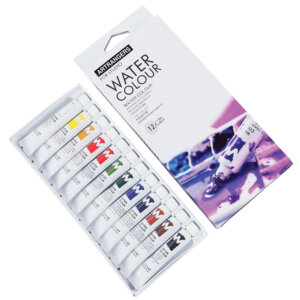Description
Rublev Cold Pressed Walnut Oil is cold-pressed from freshly dried English walnuts (Juglans regia) grown in California, and then lightly refined. It is a clear, pale yellow oil that is odorless. As a thin oil, it is used to make oil paint more fluid. As it yellows less than linseed oil (but more than safflower oil) it is good for making pale oil colors. Walnut oil dries more slowly than linseed oil, drying in four or five days. It is said to have a less tendency to crack than linseed oil, but this has not be verified by research.
Use to make oil colors and thin oil colors. This oil is excellent for making and thinning whites and pale colors.
Some woodworkers prefer walnut oil as a finish for implements that come in contact with food, such as cutting boards and wooden bowls because of its safety. People who formulate wood finish value walnut oil as an ingredient because of the edibility of both ingredients. The oil typically is combined with beeswax in a mixture of 1:2 oil to beeswax.
Use turpentine, spike oil or mineral spirits as the solvent for oil painting mediums and for brush and studio clean up.
Walnut oil is a pale yellow drying oil derived from freshly dried walnuts (Juglans regia) grown in California. Over 99% of walnut oil sold in the United States of America is produced in California. There are also producers in France, Australia (Langridge) and New Zealand. There are two types of walnut oil commercially available: cold pressed and refined. Cold pressed walnut oil is typically more expensive due to the loss of a higher percentage of the oil. Refined walnut oil is expeller pressed and saturated with a solvent to extract the highest percentage of oil available in the nut meat. The solvents are subsequently eliminated by heating the mixture to around 200 °C (400 °F). Both methods produce food grade oils. However, cold pressing preserves more of the nutrients and flavorâÂÂnot important for use in paint.
As early as the fifth-century walnut oil was recommended by Aetius for varnishing wax pictures and gilt surfaces. It is recommended for all light pigments in the treatises on the painting by Leonardo da Vinci, Vasari, Borghini, Lornazzo, Armenini, Bisagno, Volpato, and others.
| Product Information | |
| Natural Source: | English Walnuts Juglans regia |
| CAS No.: | 8024-09-7 |
| Typical Fatty Acid Profile | |
| Linoleic Acid: | 59.7% |
| Linolenic Acid: | 13.5% |
| Oleic Acid: | 16.3% |
| Palmitic Acid: | 7.4% |
| Stearic Acid: | 2.6% |
| Free Fatty Acid (as oleic acid) | 0.02% |
| Total Saturated Acids | 10.1% |
| Total Mono-unsaturated Acids | 16.7% |
| Total Polyunsaturated Acids | 73.2% |
| Typical Properties | |
| Iodine Value: | 153.24 |
| Appearance: | Clear and brilliant |
| Odor: | Odorless to slight nutty odor |
| Refractive Index (at 40 °C.): | 1.4692 |
| Color (Lovibond): | Yellow: 5 Red: 0.5 |
| Specific Gravity (at 15 °C.): | 0.924âÂÂ0.927 |
| Drying Index: | 86.6 |
Health and Safety
There are no acute or known chronic health hazards associated with the anticipated use of this product (most chemicals are not fully tested for chronic toxicity). Always protect yourself against potentially unknown chronic hazards of this and other chemical products by keeping them out of your body. Do this by avoiding ingestion, excessive skin contact, and inhalation of spraying mists, sanding dusts and vapors from heating. Conforms to ASTM D-4236.
WARNING: Rags or paper towels contaminated with vegetable drying oils, particularly those containing iron oxide pigments are susceptible to spontaneous combustion. To prevent unexpected fires, used rags or paper towels contaminated with oil-based materials should be collected in a closable, air-tight container. Store water-dampened rags or paper towels in a metal container with an air-tight top. Alternately, washing contaminated rags will remove contaminating materials and eliminate risk.

